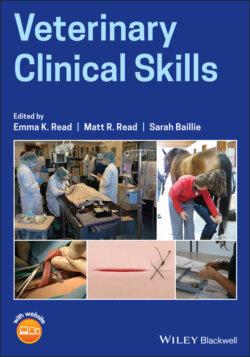Читать книгу Veterinary Clinical Skills - Группа авторов - Страница 30
Resources Personnel
ОглавлениеPersonnel involved in teaching or supporting a clinical skills laboratory may include teaching faculty (including residents, interns, graduate students, and adjunct faculty), staff (including licensed veterinary nurses, technical and administrative support), and information technologists (if needed for computerized modules). The number of people in each of these categories is highly variable between institutions depending on the teaching load and the availability of facilities and equipment. However, it is now common practice to have a supervisor and/or director of the facility, which may be full‐ or part‐time faculty appointment, as well as a manager, which is frequently a full‐ or part‐time staff appointment (Morin et al., 2020). Staffing needs may be inconsistent depending on the timing of the laboratory sessions, the number of students being taught, and the proximity to assessments. Therefore, it may be preferable to have multiple part‐time personnel and fewer full‐time personnel.
Sufficient staffing by competent, approachable teachers coupled with readily accessible resources for self‐directed learning are critical to the success of a clinical skills laboratory (Dilly et al., 2017). Veterinarians who have been in primary care practice and experienced veterinary technicians can be good instructors for Day‐One skills (Morin et al. 2020), while peer‐ or near‐peer teaching has also been used to help staff their clinical skills laboratories (Baillie et al., 2009; Read and Hecker, 2013; Bates et al., 2016; Carroll et al., 2016; ten Cate et al., 2018).
